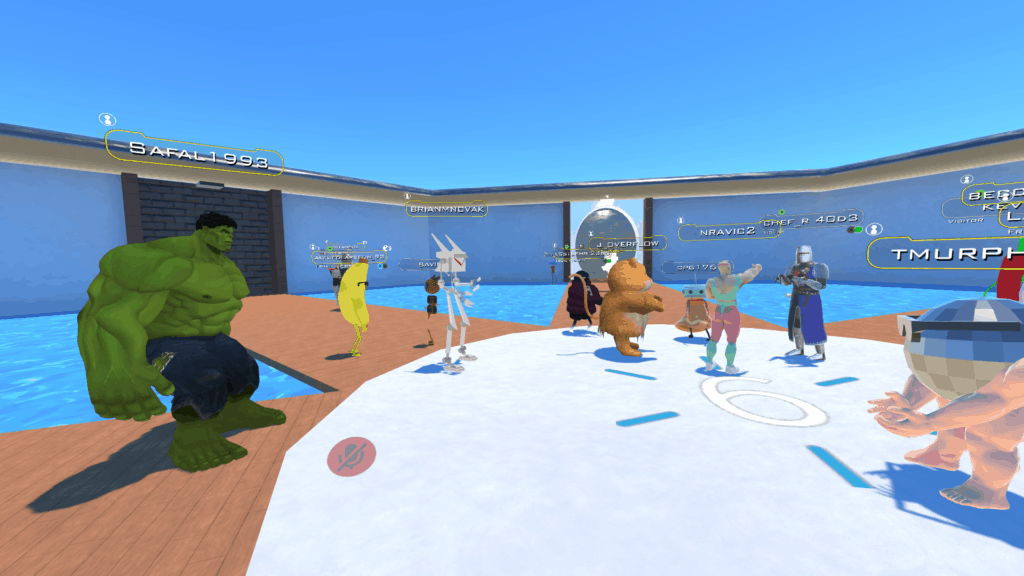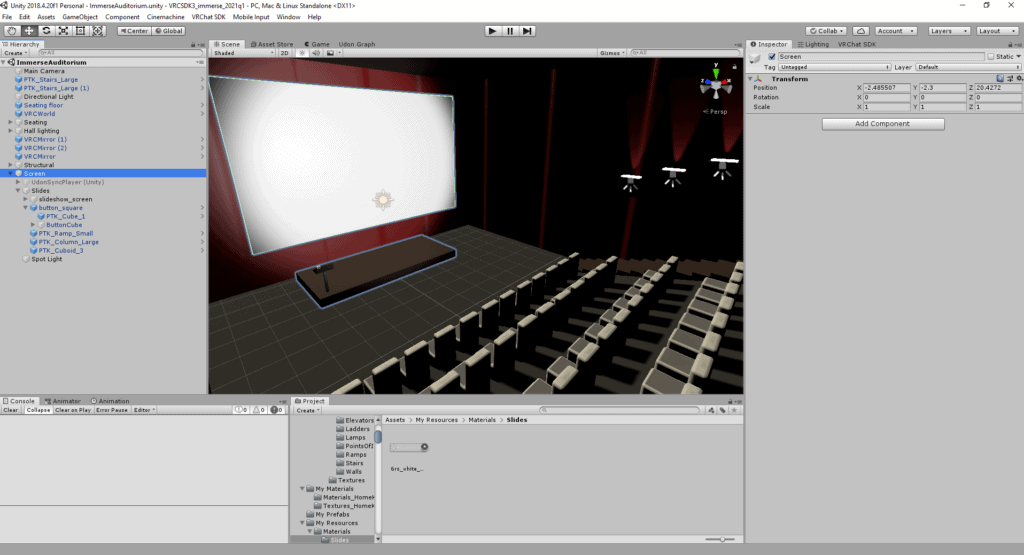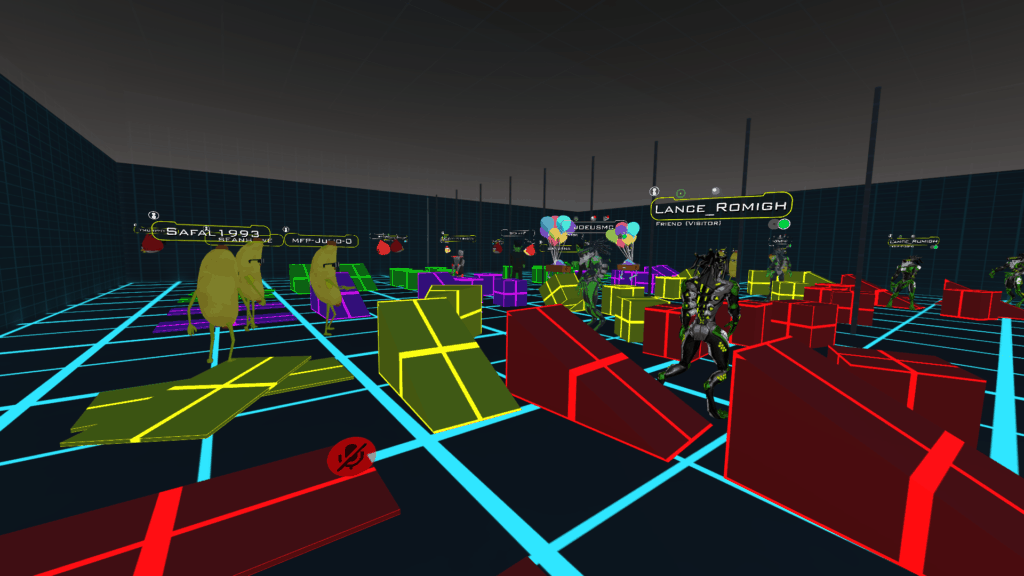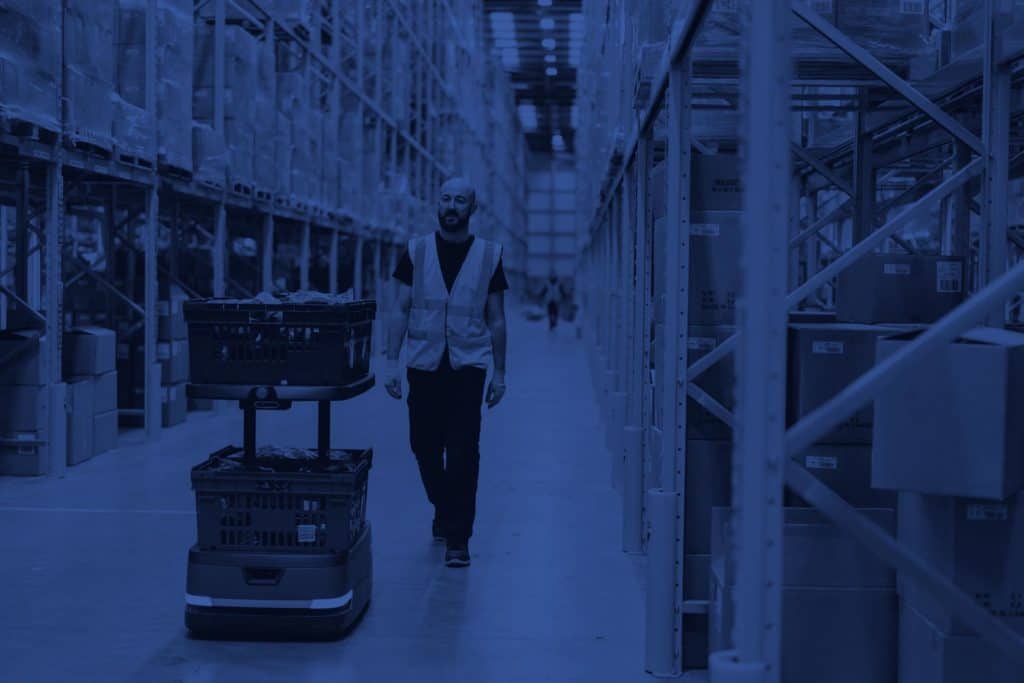Your typical Offsite is a fairly standard affair. It serves as a way to build camaraderie and teamwork. For my team, Technical Operations, they were a great opportunity to meet new members and share new ideas, not to mention take advantage of a hotel-catered breakfast buffet. 2020 changed all of that.
B.C. – Before Coronavirus
In February 2020, I was asked by Eran Frenkel, the manager of TechOps to plan our sixth annual Offsite for the team. I asked Alfred Larsson, who planned last year’s Offsite, for his thoughts and recommendations. He shared a lot of useful data about what people would like to see at the next event. I researched team-building activities and relevant topics. My Offsite, like so many before, I thought, would follow a simple agenda consisting of a leadership presentation, some team-building games, and a couple breakout/brainstorming sessions.
But then the world ended. The COVID-19 pandemic forced Shopify and 6 River Systems to adopt a work-from-home policy and restricted nonessential travel. Each Riv was given a box to take some desk stuff home and the rest was packed up and stored in what was meant to be our new office building. Fortunately, I was able to adapt my normal work to this new Digital-by-Default lifestyle, but we couldn’t very well fly everyone to a hotel conference room during a public health crisis. I figured I’d have to postpone the offsite and scrap all my plans.
Instead, I set out to “Find a better way”, one of 6 River Systems’ core values. What if our Offsite was held in Virtual Reality? I had just purchased my own VR system and I loved the feeling of being so immersed in VR games. I brought the idea to Eran; Rivs could access the Offsite, hosted entirely in a VR environment, from the comfort of their homes. He was excited about the idea, but concerned about how we would pull it off.
Okay, but how?
For a couple weeks, most of my days were spent researching existing methodologies and VR event companies. Based on previous Offsites, I figured a budget of approximately $5K was reasonable. Boy, was I wrong. Most of the quotes I received were over $12K for the base event alone, not including hardware. So I decided to put more energy into something a little more scrappy and a little more thoughtful: developing our own VR meeting space.
Now, I’m not a videogame developer. I spent most of school building real, physical robots and I was in no way prepared to create something from scratch. I needed a base program or SDK (source developer kit) to start with. In VRChat, I found both!
VRChat is a game that rose to popularity with the advent of standard VR hardware in 2017. It is supported not only by Oculus and SteamVR, two prime VR franchises, but by standalone Windows PCs as well. This broad platform base made it an ideal starting point for Rivs stuck at home as well as Deployment Engineers who would be traveling at the time of the Offsite.

I found extensive documentation including tutorials, wikis, and example code for developing in VRChat. After finalizing presentation topics and themes, I set to work designing the actual VR world. One of the best things about developing in VR is that there are nearly endless possibilities for environments and activities. Participants could teleport anywhere, lift objects 100 times their size, even fly! However, seeing as this would be many Rivs’ first time with VR, I figured we should start simpler. I designed a familiar conference environment: a series of 4 rooms arranged around a central hub (pictured above). These rooms would serve as the spaces for three team-building activities, as well as an auditorium for a presentation from Eran and Rylan Hamilton, co-founder and co-ceo of 6RS. (pictured below).

Eventually, this monolithic world would be broken up into several smaller, more manageable worlds. We were shipping Oculus Quests for participants to rent and they had a max world size of about 40-50 mb. Quests were certainly a cheaper, more-portable alternative to some of the $800 VR hardware out there. The smaller world size would also help me keep Rivs organized.
Immerse v1.0
The all-day event started with all users meeting in the Hub world, and then taking a world portal to the auditorium, where Rylan Hamilton and Eran Frenkel gave a leadership presentation. After a non-VR breakout session, we all rejoined the Hub for transport to the first of three team-building activities. Rinse and repeat. Knowing firsthand the importance of having a break between VR sessions that last an hour or longer, we never scheduled back-to-back VR activities. One participant did complain about motion sickness about halfway through the event, but was able to log back in on their PC for a less disorienting experience.
While, generally, the event was a success, this first Immerse Offsite was not without its issues. During the presentation, some users complained about slides not being synced across everyone’s systems. In the first team-building activity, some users noticed latency and low frame rates as they struggled to build brightly colored blocks into a bridge (pictured below). In the last activity, what was intended to be a virtual handwashing competition instead became an Oculus death sentence as nearly every user’s headset crashed due to some infinite-spawn bugs.

Immerse II: The Immersening
Despite all these issues, the event was a big hit. Everyone wanted an Immerse II, and next time I couldn’t coast on its novelty alone. About seven months later, Eran asked me to begin planning another event, and this time, I was to select a partner who would focus on the logistics and theme of the Offsite. This would free me to fine-tune the technical aspects of the event. I also took triple the amount of prep time in order to test and debug the VR worlds.
As you might imagine, with ample prep time and my stellar partner, Jess Podoloff, the second Immerse was much more polished. I was able to devote nearly all my time to designing team-building activities and migrating slides to VR, while Jess commissioned breakout content and ordered headsets. She even shipped every participant a custom TechOps Immerse jacket!
We asked three other coworkers to serve as “chaperones”. My own subteam, CI-Ops, (Jamie Hall, Lucy Stuehrmann, and Julio Salazar) served as group monitors as we divided all participants among the three team-building activities. Each activity was hosted in a unique VR world and participants were split into three groups and swapped worlds each activity slot. Rotating out slots in this way, we were able to cap the number of Rivs at 12 in each world at any given time. This drastically improved performance, and helped offset some of the work needed to wrangle everyone. Strangely enough, when you give 40 people VR headsets, they spend a lot of time ooh-ing and aah-ing loudly while you try to get them organized.
But once we got them in the Team-Building competitions, they were laser-focused on winning. The new activities were wildly popular! First, there was a design exercise in which teams competed to construct a track to roll a ball as far as possible, with the fewest number of pieces (pictured below). The next was a picking relay that rapidly dissolved into chaos. And last, the most popular, was a race through a maze held under a giant Chuck!

All in all, the program has come a long way in the past year. The TechOps team asked that we make Immerse an annual event and I’m excited to brainstorm new ways of bringing my team together from the comfort of their own homes. I’m immensely grateful to work at a company who values team-building and cooperation as well as my desire to innovate. I’ve already started thinking about Immerse III and have gotten lots of inquiries from teammates willing to help out!
Want to join this innovative team while working from home? Check us out at 6river.com/jobs
About the Author

Mathew has been with 6 River Systems for close to 2 years. When he’s not building VR Worlds he enjoys IOT projects, theatre/film production, and the outdoors!



